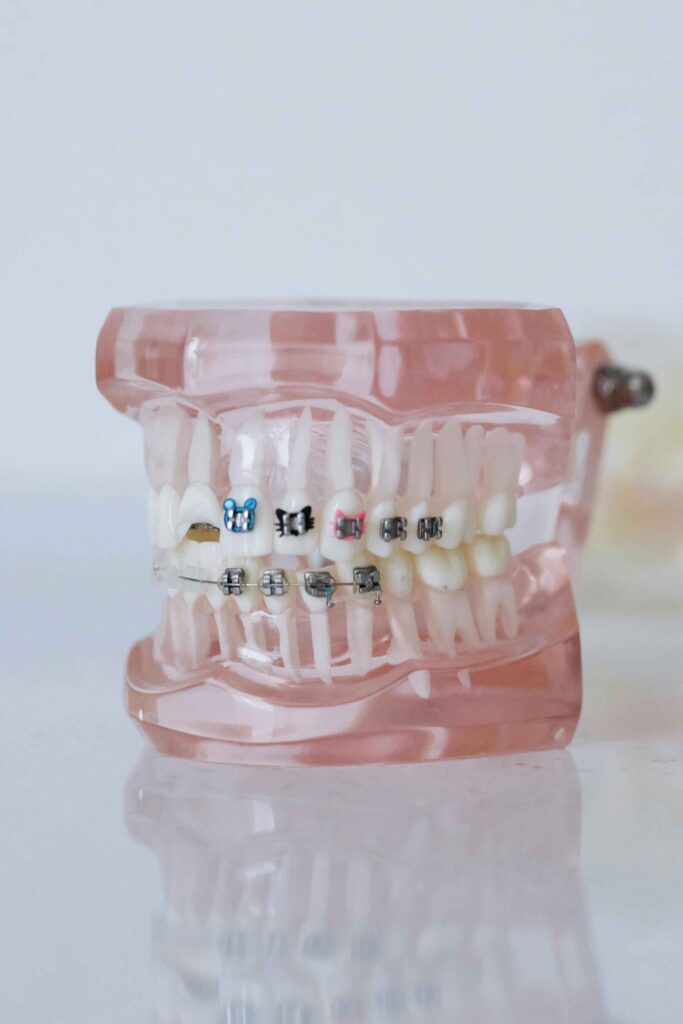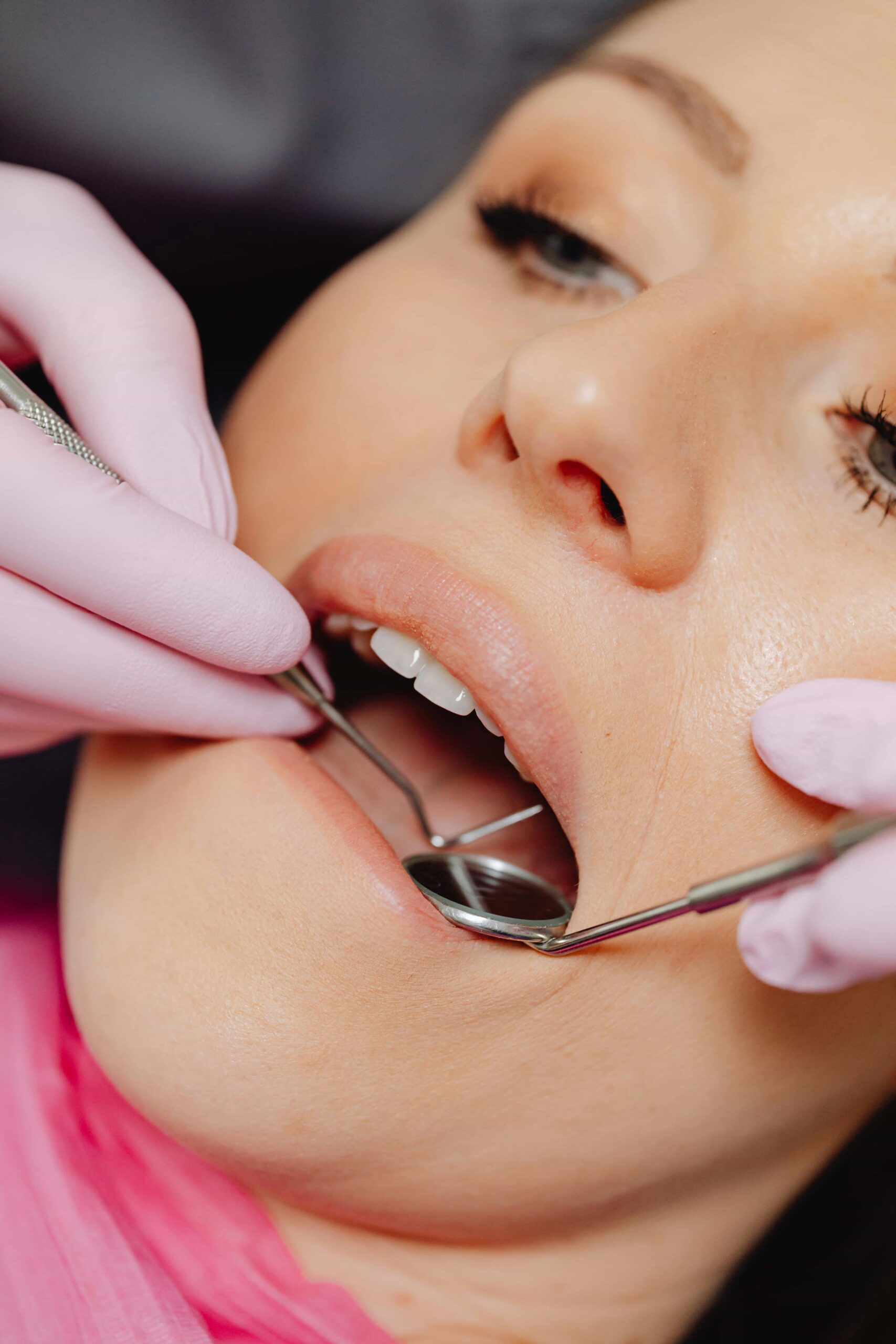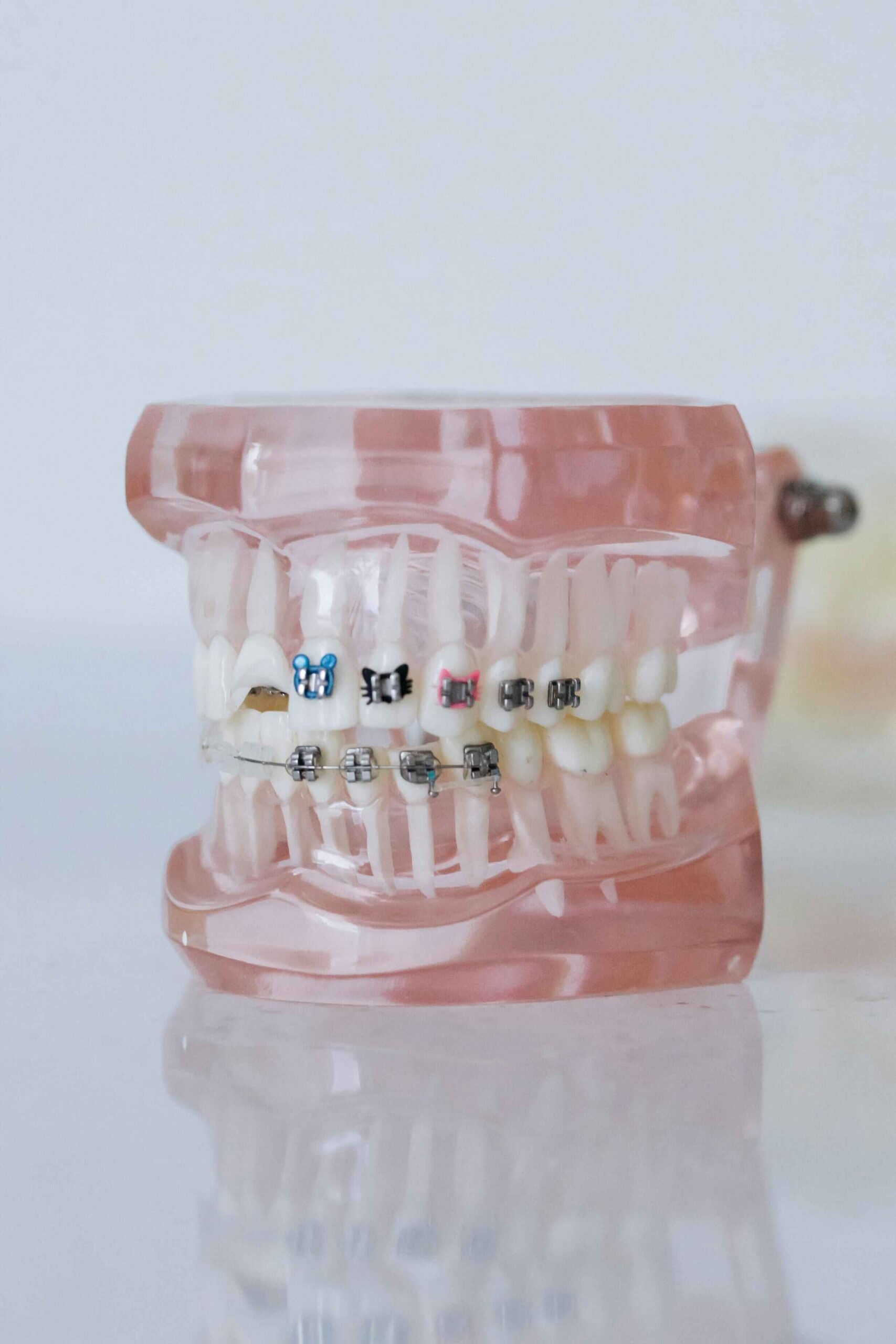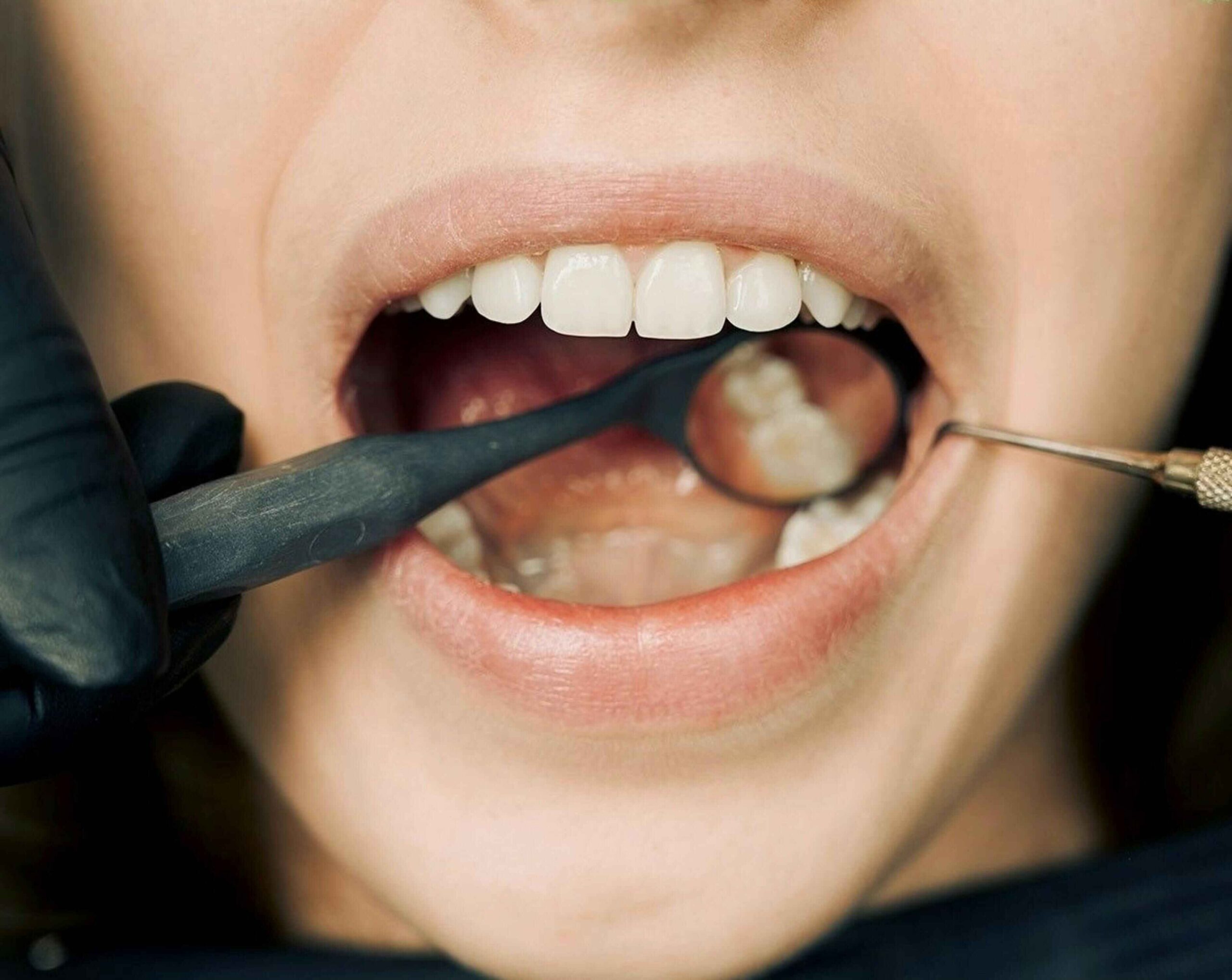If you’ve been told you or your child needs braces, you might be wondering what happens if you don’t follow through with orthodontic treatment. While braces are often seen as a means of achieving a straighter smile, the benefits go far deeper than aesthetics.
Ignoring recommended treatment could lead to long-term issues that go beyond how your teeth look.
Below, we explore the seven potential consequences of skipping braces and why addressing them sooner rather than later is essential.
Here is everything you need to know about what happens if you don’t get braces when you should.
Key Takeaways
- Misaligned teeth can lead to a variety of oral health problems, including plaque buildup, cavities, gum disease, excessive tooth wear, and jaw pain.
- Orthodontic treatment improves functionality, addressing speech and chewing issues while reducing strain on the jaw and preventing TMJ disorders.
- Early intervention is crucial—evaluations by age 7 can help identify and address problems before they escalate.
- Braces and clear aligners not only enhance appearance but also boost self-confidence and long-term oral health.
- Untreated alignment issues tend to worsen with age, leading to more complex and costly treatments later in life.
- Choosing the right orthodontic care provider, like Wagner Orthodontics, ensures access to expert care, flexible options, and personalized treatment plans.

1. Crowded or Crooked Teeth Remain Unaddressed
Without braces, crowded or crooked teeth will stay misaligned, often worsening over time. This isn’t just a cosmetic issue—it can make maintaining good oral hygiene significantly harder. Overlapping teeth create spaces where plaque and food debris build-up, increasing the risk of cavities and gum disease.
Orthodontic treatment, like braces or Spark Clear Aligners, ensures your teeth align properly, making it easier to brush and floss thoroughly.
2. More Difficult Cleaning
Misaligned teeth are harder to clean, even with diligent brushing and flossing. Crowded or overlapping teeth create tight spaces that are difficult for toothbrushes and floss to reach. This can lead to:
- Increased plaque buildup
- Higher likelihood of cavities
- Gum disease due to poor hygiene
Straight teeth, achieved through treatment, promote better access and a healthier overall mouth.
3. Excessive Tooth Wear
Teeth that don’t align properly often rub against each other in unhealthy ways. Over time, this leads to premature wear of the enamel, cracks, or even tooth fractures. This problem can be especially true if you have an overbite, underbite, or crossbite.
By realigning your teeth with braces, you’re not just fixing cosmetic issues—you’re protecting your teeth for the long haul.
4. Speech and Chewing Issues
Misaligned teeth and jaw problems can affect more than just appearance. These issues often lead to difficulties with:
- Chewing food properly, which can impact digestion and nutrition
- Pronouncing certain words or sounds, leading to speech impediments
Orthodontic treatment helps correct these problems and ensures that your teeth and jaw work together effectively.
5. Jaw Pain and TMJ Disorders
When your bite is off, it puts extra stress on your jaw joint, also known as the temporomandibular joint (TMJ). This can lead to:
- Chronic jaw pain
- Headaches
- Clicking or popping sounds when opening your mouth
- Difficulty chewing or speaking
Braces can correct bite alignment, reducing strain on your jaw joint and decreasing the likelihood of developing TMJ disorders.
6. Aging Comes with More Complex Problems
Orthodontic problems generally worsen with age. Crowding can increase, gaps may grow wider, and bite issues could lead to bone loss in the jaw over time. Adults who don’t address alignment issues during their teenage years often find themselves needing even more complex (and expensive) treatments later in life.
Starting treatment at the right time—especially for kids and teens—prevents these issues from escalating.
Adult orthodontic treatment is becoming more and more common, but it’s often more challenging to fix long-standing problems.
7. Impact on Self-Confidence
A straight smile isn’t just about looks—it can have a huge impact on how you feel about yourself. Skipping braces can leave you with a smile that you might feel self-conscious about, affecting your confidence in social and professional settings.
Orthodontic treatment boosts self-esteem, giving you the confidence to smile, speak, and engage with others without hesitation.
But What If You Think You Don’t “Need” Braces?
Have you asked yourself, “Can you get braces if you don’t need them?”.
While not everyone requires braces, orthodontic treatment does far more than just enhance your appearance. Even individuals with seemingly minor alignment issues can benefit from braces when it comes to improving long-term oral health and preventing future dental problems.
Why Early Intervention Matters
Orthodontic experts recommend early treatment, especially for kids. The American Association of Orthodontists suggests an initial evaluation by age 7.
While treatment might not always start at that age, early examinations allow orthodontists to anticipate issues and determine the best time to begin. For adults, it’s never too late to address alignment concerns—modern orthodontics offers effective solutions for all ages.
Explore Your Options with Wagner Orthodontics
At Wagner Orthodontics, we know choosing to get braces or clear aligners is a big decision. That’s why we’re committed to offering personalized treatment plans that align with your needs and lifestyle.
Whether it’s traditional braces or modern options like clear aligners, our team can help you achieve a healthier, more confident smile.
Why Choose Wagner Orthodontics?
- Shorter Treatment Times: Advanced methods to finish your treatment faster.
- Convenient Locations: Two offices in Longview and Chehalis, WA.
- Flexible Payment Plans: Non-interest payment options and family discounts to make orthodontic care affordable.
- Expert Care: Dr. Peter Wagner brings years of expertise as a 3rd generation orthodontist.

FAQ
Q: What happens if you don’t get braces?
A: Not getting braces can lead to a variety of oral health problems, including difficulty cleaning and maintaining hygiene, excessive tooth wear, speech and chewing issues, jaw pain and TMJ disorders, aging complications, and decreased self-confidence.
Q: Can you get braces if you don’t need them?
A: While not everyone requires braces for cosmetic reasons, orthodontic treatment offers many long-term benefits for oral health. It’s best to consult with an experienced orthodontist to determine the best course of action for your individual needs.
Q: Is it too late to get braces as an adult?
A: No, it’s never too late to address alignment concerns. Modern orthodontics offers effective solutions for all ages, and many adults are now choosing to improve their smile with orthodontic treatment. Don’t let age hold you back from achieving a healthier, more confident smile.
Discover the Smile You’ve Always Wanted
Deciding to invest in orthodontic treatment is about more than just achieving a beautiful smile—it’s about prioritizing your long-term oral health and overall well-being. Understanding what happens if you don’t get braces highlights the potential risks of leaving misaligned teeth untreated, from increased dental issues to jaw pain and diminished confidence.
By addressing these concerns early, you can avoid more complicated problems down the road.
At Wagner Orthodontics, we’re here to help guide you toward the best solution for your needs. Don’t wait to take the first step. Schedule your consultation today and discover how braces or clear aligners can transform not only your smile but also your life.






